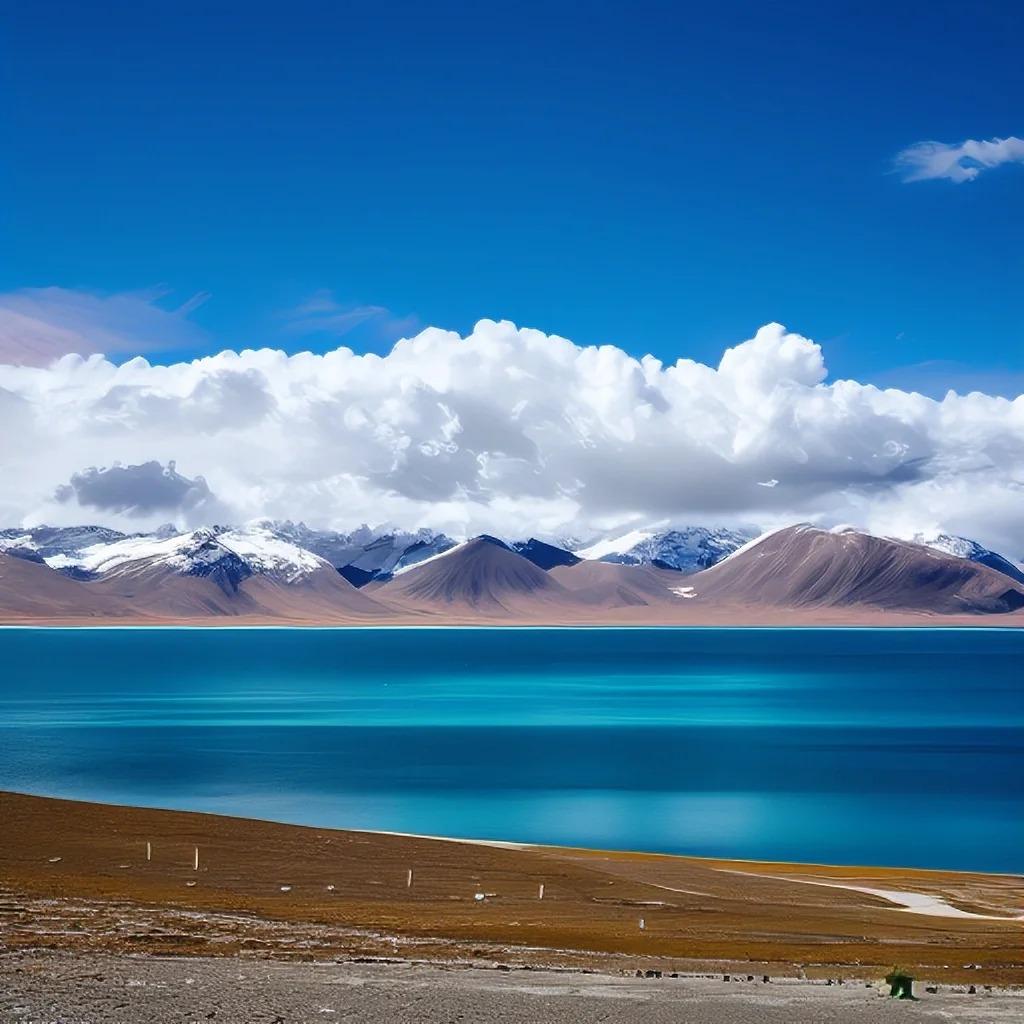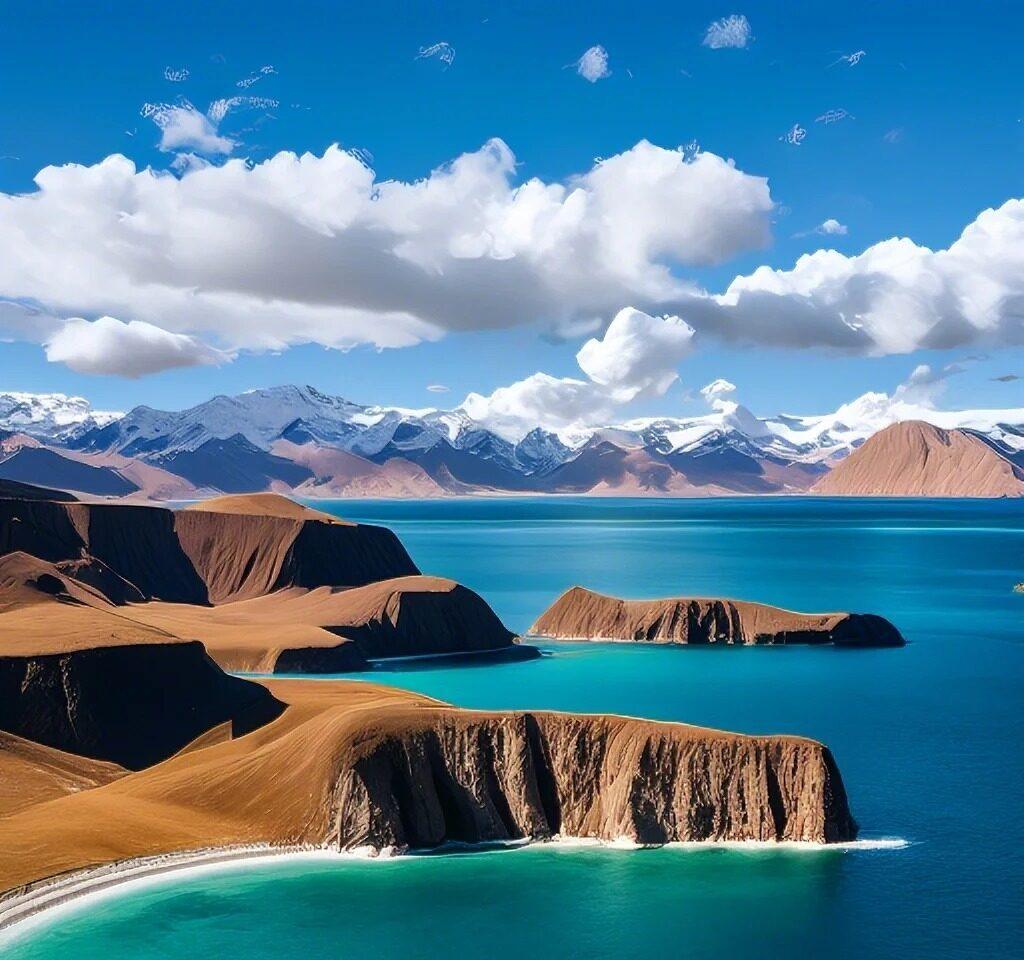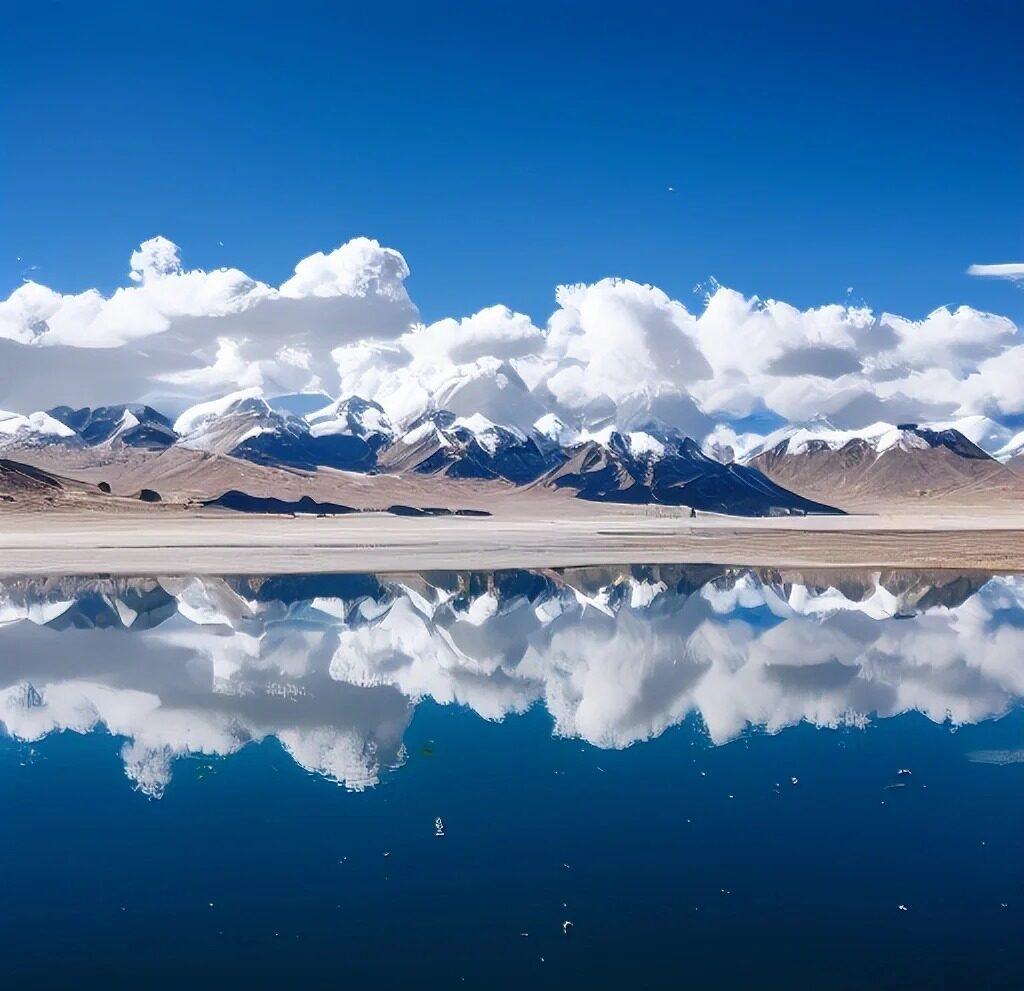Visiting Information
| Information | Details |
|---|---|
| Chinese Name | 纳木错 (Nà mù cuò) |
| Location and Address | Damxung County, Nagqu Prefecture, Tibet Autonomous Region, China |
| Opening Time/Hours | 24 hours (The lake is open year-round, but access may be limited in winter) |
| Entrance Fee | 120 CNY (May vary seasonally) |
| How to Get There | By Bus: Take a bus from Lhasa to Namtso Lake (approx. 5-6 hours) By Taxi: Hire a taxi or private car from Lhasa (approx. 4-5 hours) (No metro service available) |
| Best Time for Visit | May to October (Summer and early autumn for best weather and accessibility) |
| Contact Info | Phone: +86 891 6283792 (Tibet Tourism Bureau) Email: Not available |
Overview
Namtso Lake, often referred to as the “Heavenly Lake,” is one of the most beautiful and sacred lakes in Tibet. Located at an altitude of 4,718 meters (15,479 feet) above sea level, it is the highest saltwater lake in the world and the second-largest saltwater lake in China. The lake’s name, “Namtso,” means “Heavenly Lake” in Tibetan, reflecting its stunning beauty and spiritual significance. Surrounded by snow-capped mountains and vast grasslands, Namtso Lake offers breathtaking views and a unique glimpse into Tibetan culture and natural beauty. Its crystal-clear blue waters, coupled with the surrounding landscape, make it a popular destination for both pilgrims and tourists alike.
Historical Background
Namtso Lake has a rich history deeply intertwined with Tibetan Buddhism and local folklore. For centuries, it has been revered as one of the three holy lakes of Tibet, alongside Yamdrok Lake and Manasarovar Lake. The lake is believed to be the dwelling place of the Namtso goddess, and its shores have been a site of pilgrimage for Tibetan Buddhists for over a thousand years. In ancient times, devotees would circumambulate the entire lake, a journey that could take up to a month. The lake has also played a significant role in the nomadic culture of Tibet, with the surrounding grasslands serving as grazing grounds for yaks and sheep. Historically, the lake’s size has fluctuated due to climate changes, with evidence suggesting it was once much larger. In recent times, Namtso Lake has gained prominence as a tourist destination, bringing both economic opportunities and conservation challenges to the region.

Natural Features
- Crystal Clear Waters: The lake is renowned for its strikingly clear, turquoise-blue waters. The high altitude and minimal pollution contribute to its exceptional clarity, allowing visitors to see deep into the lake on calm days. The water’s color changes throughout the day, offering a mesmerizing spectacle from dawn to dusk.
- Surrounding Mountains: Namtso Lake is encircled by magnificent snow-capped mountains, including the Nyenchen Tanglha range. These peaks not only provide a stunning backdrop but also contribute to the lake’s ecosystem by feeding it with melting snow and glaciers.
- Tashi Peninsula: This rocky outcrop jutting into the lake is a significant feature, both geologically and spiritually. It’s a popular spot for pilgrims and tourists alike, offering panoramic views of the lake and surrounding landscape.
- Unique Ecosystem: Despite its high altitude and harsh environment, Namtso Lake supports a diverse ecosystem. The lake is home to various fish species and serves as a breeding ground for numerous bird species, including bar-headed geese and black-necked cranes.
Cultural Importance
Namtso Lake holds immense cultural and spiritual significance in Tibetan Buddhism. It is considered one of the three holy lakes of Tibet and is deeply revered by pilgrims and locals alike. The lake is associated with several important religious figures and is believed to have the power to wash away sins and grant wishes. Pilgrims often circumambulate the lake, a practice known as ‘kora’, which is believed to bring good fortune and spiritual merit. The surrounding area features numerous sacred caves where monks and pilgrims have meditated for centuries. The lake’s spiritual importance is intertwined with local folklore, including legends of the Namtso goddess and other divine beings. In Tibetan culture, Namtso Lake is not just a natural wonder but a living entity that bridges the physical and spiritual worlds. This cultural significance has helped preserve the lake and its surroundings, as local communities have traditionally practiced sustainable use of the area’s resources out of respect for its sacred status.
Surrounding Attractions
- Tashi Dor Monastery: Located on the Tashi Peninsula, this small monastery is a significant pilgrimage site. It offers stunning views of the lake and mountains, and its caves are said to have been used for meditation by Buddhist masters for centuries. Visitors can explore the monastery and learn about its history and religious importance.
- Nyenchen Tanglha Mountains: This mountain range forms a spectacular backdrop to Namtso Lake. The highest peak, also named Nyenchen Tanglha, reaches an elevation of 7,162 meters (23,497 feet). These mountains are not only visually impressive but also hold religious significance in Tibetan Buddhism, believed to be the dwelling place of mountain deities.
- Nomadic Camps: In the grasslands surrounding Namtso Lake, visitors can experience traditional Tibetan nomadic life. Some tour operators offer the opportunity to stay in nomadic tents, taste local cuisine, and interact with nomadic families, providing a unique cultural experience.
- Hot Springs: Near the lake, there are several natural hot springs. These geothermal features are believed to have healing properties and offer a warm respite in the cold high-altitude environment. Bathing in these springs is a popular activity for both locals and tourists.

Photography Opportunities
- Sunrise and Sunset: The vast expanse of Namtso Lake, surrounded by mountains, provides an ideal setting for capturing stunning sunrise and sunset photographs. The changing light creates a mesmerizing play of colors on the water’s surface and the surrounding landscape, offering photographers a chance to capture truly magical moments.
- Reflections: On calm days, the lake’s surface acts as a perfect mirror, reflecting the sky and surrounding mountains. This creates opportunities for capturing dramatic and symmetrical images, especially during the golden hours of early morning and late afternoon.
- Night Sky: The high altitude and minimal light pollution make Namtso Lake an excellent location for astrophotography. On clear nights, the Milky Way and countless stars are visible, creating opportunities for spectacular night sky photographs over the lake.
- Wildlife: The lake and its surroundings are home to various wildlife, including yaks, Tibetan antelopes, and numerous bird species. Patient photographers can capture unique images of these animals in their natural high-altitude habitat.
Modern Importance
- Tourism Development: Namtso Lake has become a major tourist attraction in Tibet, contributing significantly to the local economy. The increasing number of visitors has led to the development of tourism infrastructure, including hotels, restaurants, and transportation services, providing employment opportunities for local communities.
- Environmental Research: As one of the highest saltwater lakes in the world, Namtso Lake is of great interest to scientists studying high-altitude ecosystems and climate change. Research conducted at the lake provides valuable data on environmental changes in the Tibetan Plateau, which has broader implications for understanding global climate patterns.
- Cultural Preservation: The lake’s status as a sacred site helps preserve traditional Tibetan culture and religious practices. Efforts to protect the lake and its surroundings often involve local communities, promoting the continuation of traditional knowledge and customs.
- Conservation Efforts: The increasing popularity of Namtso Lake has raised awareness about the need for environmental conservation in fragile high-altitude ecosystems. Various initiatives have been implemented to balance tourism development with environmental protection, serving as a model for sustainable tourism in sensitive natural areas.

FAQ
- What is Namtso Lake famous for?
Namtso Lake is famous for being one of the highest saltwater lakes in the world, its stunning natural beauty with crystal-clear blue waters surrounded by snow-capped mountains, and its significance as a holy lake in Tibetan Buddhism. It’s also renowned for its unique high-altitude ecosystem and as a popular tourist destination in Tibet. - What’s inside Namtso Lake?
Namtso Lake is a natural saltwater lake. Inside the lake, you’ll find:
1. Crystal clear, turquoise-blue waters
2. Various fish species adapted to high-altitude conditions
3. Algae and other aquatic plants
4. Surrounding the lake are grasslands, mountains, and small islands
5. The lake itself doesn’t contain structures, but there are religious sites and nomadic settlements around its shores - Is Namtso Lake free?
No, Namtso Lake is not free to visit. There is an entrance fee of approximately 120 CNY, although this may vary depending on the season and any changes in local policies. - Is Namtso Lake worth visiting?
Yes, Namtso Lake is definitely worth visiting. It offers breathtaking natural scenery, unique cultural experiences, and the opportunity to witness one of the most sacred sites in Tibetan Buddhism. The lake’s high-altitude location and stunning surroundings make it a once-in-a-lifetime destination for many travelers. However, visitors should be prepared for the challenges of high-altitude travel. - What to do in Namtso Lake?
At Namtso Lake, you can:
1. Enjoy the stunning views and take photographs
2. Visit the Tashi Dor Monastery and its meditation caves
3. Take a short hike along the lakeshore or on Tashi Peninsula
4. Observe local wildlife, including yaks and various bird species
5. Experience Tibetan nomadic culture in nearby camps
6. Witness sunrise or sunset over the lake
7. Stargaze on clear nights
8. Participate in or observe traditional Buddhist rituals
9. Simply relax and soak in the serene atmosphere
10. If weather permits, take a boat ride on the lake (though this is not always available) - How do I get to Namtso Lake in the local city?
To get to Namtso Lake from Lhasa, the capital city of Tibet:
1. By Bus: Take a tourist bus from Lhasa to Namtso Lake. The journey takes about 5-6 hours.
2. By Car: Hire a private car or join a tour group. The drive from Lhasa takes about 4-5 hours.
3. There’s no direct public transportation, so most visitors either join a tour or hire a private vehicle with a driver.
Note that all foreign visitors to Tibet need to arrange their trip through a registered travel agency due to travel restrictions. - How to visit Namtso Lake?
To visit Namtso Lake:
1. Plan your trip between May and October for the best weather and accessibility
2. Arrange your visit through a registered Tibet travel agency, as individual foreign travelers are not permitted to travel independently in Tibet
3. Obtain necessary permits, including the Tibet Travel Permit
4. Acclimatize to the high altitude in Lhasa for a few days before visiting Namtso
5. Dress in layers, as weather can change quickly at high altitudes
6. Bring sun protection, including sunglasses and sunscreen
7. Stay hydrated and be prepared for potential altitude sickness
8. Respect local customs and the sacred nature of the site
9. Consider staying overnight near the lake to fully experience its beauty at different times of day
10. Be mindful of the environment and practic e responsible tourism



